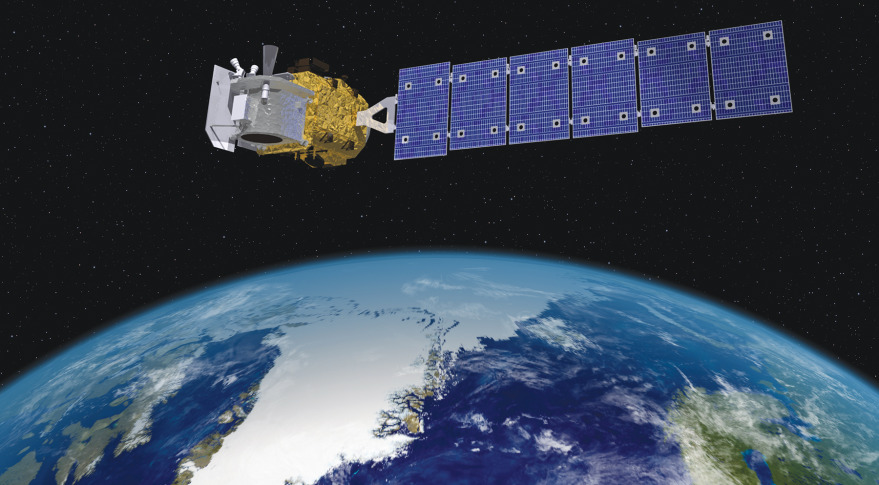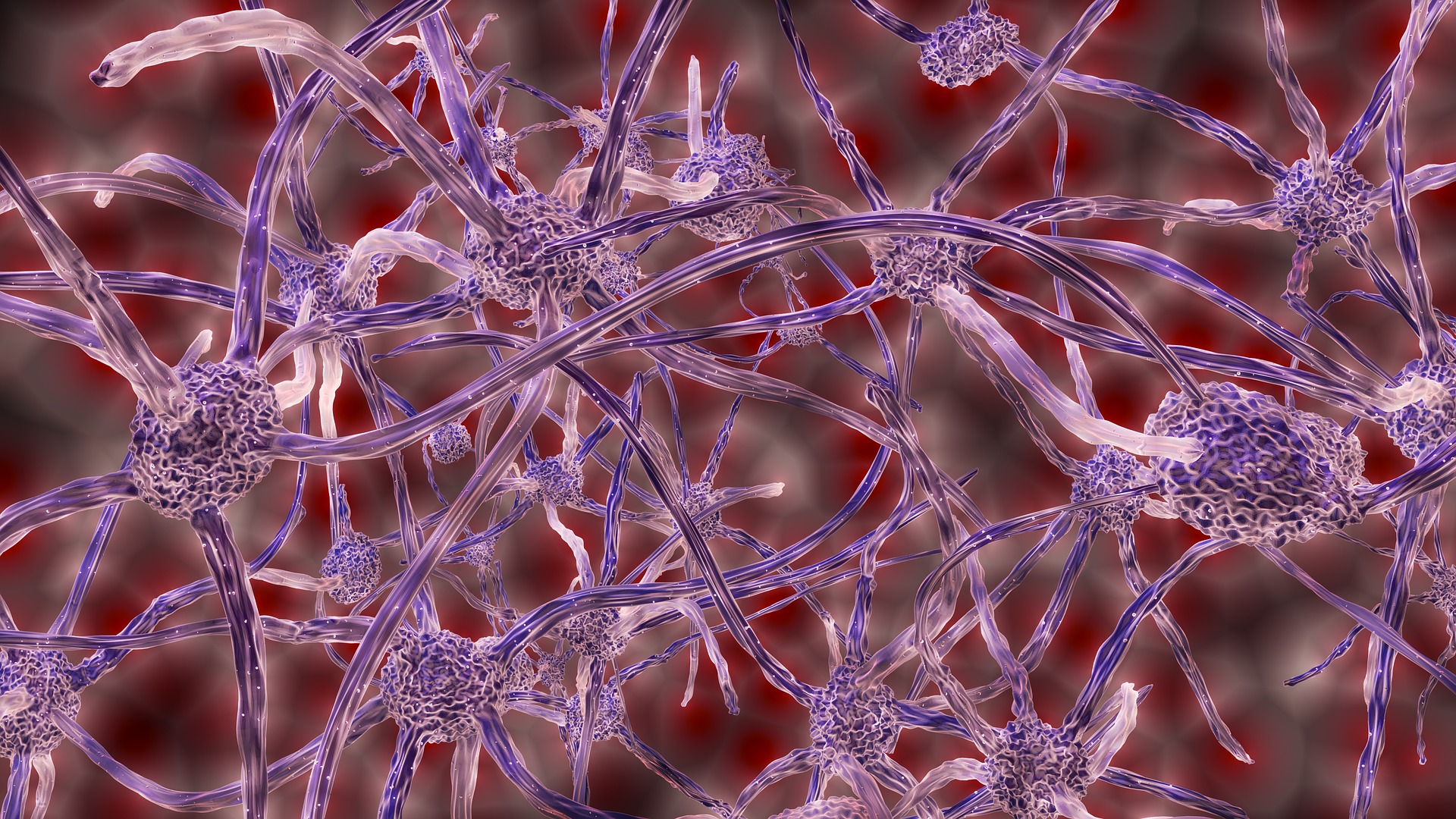
The Intergovernmental Panel on Climate Change (IPCC) released a startling report on October 6, 2018 that was a clarion call to the planet. The IPCC’s report warned that if the global temperatures increase by the formerly accepted 1.5 to 2 °C above pre-industrial temperatures, the impacts will be far more devastating than previously projected. In December of 2015, the Paris Accord charged world leaders to keep the global average temperature increase well below 2°C above pre-industrial levels. Since before the industrial revolution, the global temperature has already increased by 0.8°C to 1.2°C, depending on the region.
We are already about halfway to the 2°C tipping mark.Continue reading…
I’ve been following NASA’s ICESat-2 mission with great interest. Why? Maybe because I like words that start with three capital letters. Maybe because it’s going to make the best, most precise measurements of how the Earth’s ice sheets are changing, that anyone has ever made. Maybe for no reason at all.
ICESat-2 launched from Vandenberg Air Force Base a couple of weeks ago, into a near-polar orbit that will fly almost, but not quite, over the North and South poles every 90 minutes for the next 3-7 years. It’s carrying one instrument, which is a laser altimeter—a powerful laser that sends out ultra-short pulses of light, then measures how long they take to bounce off the Earth and come back. Using some mind-boggling optics, ICESat-2 will be able to measure the height of the Earth’s surface using only 12 photons out of the trillions it sends out from each pulse. This sounds crazy, but because it does this ten thousand times every second, it will be able to put together very accurate measurements of the height of the surface. On a clear day, ICESat-2’s measurements will be precise to something like the width of a cucumber (that’s a 40-meter long cucumber, because it needs to combine lots of measurements to be that precise. If you find one of those, send us a picture). The plan for the mission is to have ICESat-2 make these measurements on the same paths across the ice sheets over and over again, so that when glaciers get thinner or thicker, ICESat-2 will measure those changes.
Stem cell research has been a hot topic for years, and is a hugely promising field in medical research. But what exactly are stem cells, and why do we care so much about them?
Put simply, stem cells are the cellular equivalent of a college freshman – they haven’t quite decided what they want to be when they grow up. While this uncertainty may be distressing for the average adolescent, in the case of stem cells, the lack of a niche functional role is actually a good thing. During development, our body forms hundreds of different cell types that come together to produce our essential organ systems, and many of these cell types are highly specialized (such as neurons). This process is called cell differentiation, and for the most part, it’s irreversible – meaning that once a cell develops into a specific cell type, it stays that cell type for good. For example, a blood cell cannot become a neuron, and vice versa. Though this differentiation process is incredibly important for proper development and body function, in can be a bit of a problem for those tissues that don’t naturally regenerate. This is where stem cells come in.
|
Potency |
Specialization Capacity | Biological Location |
|
Totipotent |
Any cell | Embryonic tissue |
|
Pluripotent |
Almost any cell | Embryonic tissue |
| Multipotent | Cell types within the same family |
Adult body tissues |
| Oligopotent | A limited number of related cell types |
Adult body tissues |
| Unipotent | One cell type, but can self-renew |
Adult body tissues |
Stem cells are defined by their potency, or their degree of specialization. The more potent a stem cell is, the more cell types it can turn into. The most potent stem cells are those found in embryonic tissue – these cells are totipotent and can differentiate into any type of cell. Theoretically, totipotent stem cells can build a complete, viable organism. More commonly; however, embryonic stem cells are pluripotent (can become almost type of cell), and these stem cells are the ones used most commonly for research.
With the table above in mind, one can see that stem cells are not only found in embryonic tissue. Though totipotent and pluripotent cells are essential for fetal development, stem cells of lesser potency are maintained and utilized by our bodies throughout our adult lives. Unlike nerve and muscle cells, stem cells can replicate themselves, and are thus used to regenerate body cells as they die or become damaged (depending on the tissue). For example, since the skin acts as the primary barrier between us and the external en
vironment, our skin cells are constantly regenerating – which would not be possible without the army of adult stem cells that hang out in the epidermis. The same principle applies to muscle and liver tissues, which also require a high degree of regeneration.

Scientists can do a lot with stem cells. The best thing about these cells is that they are easily modified and manipulated. This has applications for genetic research, as stem cells readily undergo genetic modification, which allows geneticists to learn more about gene function as well as discover new genes. Observing stem cell differentiation has also provided researchers with important insights into mammalian development, something that provides us with valuable information about the formation of developmental diseases. Lastly, a major area of interest within the field of stem cell research is the optimization of stem cell therapy, or the use of induced or cultured stem cells to treat a disease or condition, such as sickle-cell anemia (see Figure 2). A bone marrow transplant, used to treat diseases like leukemia and aplastic anemia, is an example of stem cell therapy.

Within the context of groundbreaking medical research, stem cells are a resource of potentially endless possibilities. Possibly the most engaging prospect is using stem cells to grow new organs, as many fatal or life-altering diseases are caused by the degeneration of essential tissues or cells. Currently, patients in need of an organ transplant have a lot of hoops to jump through: 1) they must qualify for a transplant; 2) wait on a list with other transplant patients to receive a compatible organ (which can take several years); and 3) take immunosuppressive drugs for the rest of their lives to prevent organ rejection, which can occur no matter how compatible the organ is. With stem cells, researchers can theoretically grow new organs from a patient’s own cells, so that the replacement organ would not only be genetically identical, but would also be available to the patient much more quickly. However, a functional organ requires a lot more than a few pluripotent stem cells; scientists haven’t figured out how to effectively grow organs yet, but they’re getting close.
Though stem cells present a promising prospect for the treatment of some diseases and conditions, these cells are not magic and can’t cure everything. Several types of stem cell “therapies” are not FDA approved and are still undergoing clinical trials – this is an extremely important fact to remember, as numerous unregulated stem cell clinics touting unproven stem cell treatments have emerged around the globe. These clinics can be very dangerous: just ask the three women who went blind after receiving an unproven stem cell therapy to treat their macular degeneration. Additionally, a recent study found that cardiac stem cell therapy actually worsened heart disease in mice, suggesting that, as far as using stem cells to treat heart problems, more research is required. One paper, published in Operative Techniques in Orthopaedics in 2016, sums up the state of stem cell research perfectly: Although the science of stem cells may seem fairly straightforward in homogenous extraction of autologous stem cells and reinjection or implantation into the specific injury site, controlling the fate and function of stem cells remains immensely challenging. With that in mind, it may be best to think twice before paying thousands of dollars out-of-pocket for an unproven stem cell therapy.
There’s no denying that stem cell research is exciting, and as researchers work to understand how these cells divide and differentiate, we’ll know more about the extent of their applications in the fields of medicine, genetics, and biology. Though it’s hard not to get caught up in the hype, try to maintain a healthy dose of skepticism regarding stem cells, and keep an eye on the field as it develops and advances.



